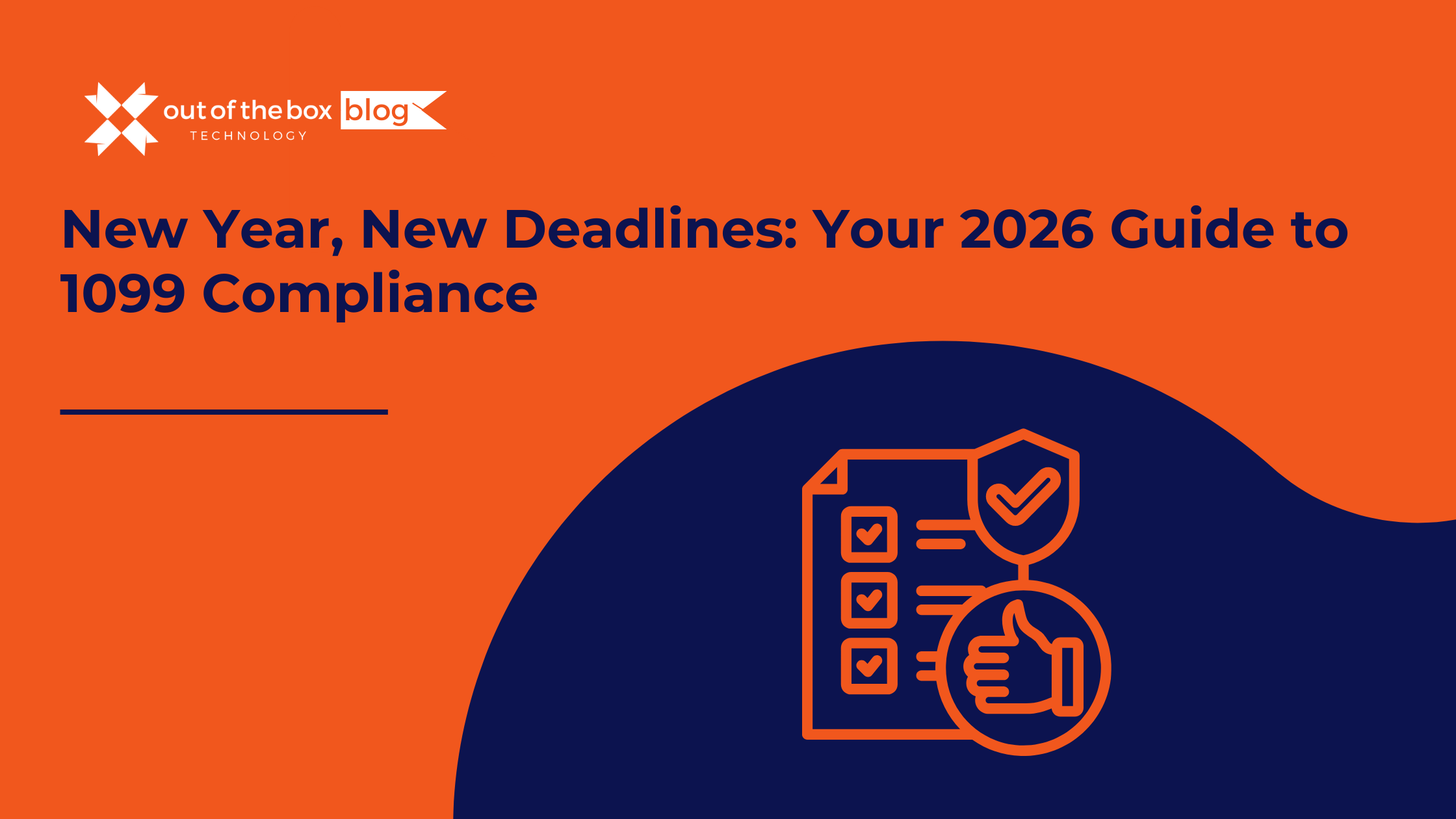For many business owners, keeping up with bookkeeping can be challenging, especially when day-to-day operations and client needs come first. Yet, neglecting your financial records can lead to missed opportunities, compliance issues, and hindered growth. That’s where catch-up bookkeeping steps in—a systematic approach to updating all your financial records, ensuring they’re accurate, complete, and ready for informed decision-making.
Did You Know? A QuickBooks survey found that 40% of small business owners rank bookkeeping as their biggest challenge, and nearly 25% have fallen behind on it at least once (source: Intuit QuickBooks).
What Is Catch-Up Bookkeeping?
Catch-up bookkeeping is the process of bringing outdated financial records up to date. It’s not simply about data entry; it involves reconciling transactions, adjusting balances, and generating accurate financial statements. This can be a lengthy process but is essential to ensure all past financial data is accounted for, verified, and corrected.
Why Is It Important?
Catch-up bookkeeping is crucial for several reasons:
- Compliance: Keeping accurate records is required by law, especially for tax purposes.
- Financial Insights: Up-to-date records offer insights into your business’s health and help in decision-making.
- Better Cash Flow Management: Understanding your current financial position lets you manage cash flow effectively.
Example: A retail store behind on its bookkeeping might be unaware of shrinking profit margins due to untracked inventory costs. Catching up can uncover these discrepancies and provide a clearer financial picture.
Common Scenarios Requiring Catch-Up Bookkeeping
Several circumstances may prompt a business to initiate catch-up bookkeeping:
- Missed Deadlines: When you’ve fallen behind on monthly or quarterly bookkeeping tasks.
- Staff Turnover: A change in personnel can disrupt regular accounting processes.
- Lack of In-House Resources: Small businesses often lack dedicated accounting staff, leading to backlogs.
- Tax Season Pressure: Businesses may realize they need accurate records to file taxes correctly.
Steps to Bring Your Financial Records Up to Date
Step 1: Assess the Extent of Catch-Up Required
- Overview: Start by determining how far back your records need updating. It could be several months or even years.
- Checklist: Gather all necessary documents, including bank statements, receipts, invoices, credit card statements, and any prior accounting records.
Did You Know? According to the IRS, maintaining complete records for at least three years is essential for tax compliance, and for certain assets, up to seven years may be required (source: IRS).
Step 2: Organize Financial Documents
- Gathering: Ensure you have all relevant documents and receipts. Use digital solutions like expense-tracking apps or software (e.g., Expensify, QuickBooks) to store receipts electronically.
- Organizing by Date and Category: Organize documents by date and categorize them based on income, expenses, assets, and liabilities.
- Tip: If digital organization is feasible, consider scanning documents and using cloud storage for easy access and backup.
Example: A marketing agency might find that client invoices are scattered across emails, physical receipts, and various systems. Consolidating and organizing these records simplifies the catch-up process and reduces the risk of missed income records.
Step 3: Reconcile Bank and Credit Card Accounts
- Reconciliation: Compare your financial statements with bank and credit card records to identify any discrepancies.
- Monthly Reconciliation: Start with the oldest month, verify transactions, and continue month-by-month.
- Identify Missing Transactions: If you find missing transactions, check for supporting documents or consult with your bank for details.
Did You Know? Businesses that regularly reconcile their accounts are 50% less likely to have cash flow issues (source: U.S. Bank).
Step 4: Record and Categorize Transactions
- Income and Expenses: Ensure all income and expenses are recorded, with appropriate categorization for tax purposes.
- Examples of Categories: Office supplies, utilities, rent, professional services, and sales revenue.
- Tip: Use accounting software like QuickBooks, Xero, or FreshBooks to streamline transaction categorization and reduce manual entry.
Step 5: Adjust for Depreciation and Amortization
- Depreciation: For assets like equipment and vehicles, allocate their costs over time using a depreciation schedule.
- Amortization: For intangible assets, apply amortization schedules to distribute their costs over time.
- Why It’s Important: This ensures assets are accurately valued, which impacts net income and tax deductions.
Example: A small manufacturer with equipment purchases may need to adjust for depreciation on machines bought in previous years. Correctly categorizing these items affects both the balance sheet and tax obligations.
Step 6: Address Accounts Receivable (A/R) and Accounts Payable (A/P)
- Accounts Receivable: Identify outstanding invoices and follow up on unpaid bills.
- Accounts Payable: Verify any unpaid invoices you owe and schedule payments.
- Why It Matters: Ensuring these accounts are accurate keeps cash flow under control and improves your working capital position.
Did You Know? Businesses with streamlined A/R processes have 30% faster cash collection cycles, reducing days outstanding (source: Dun & Bradstreet).
Step 7: Generate Financial Statements
- Income Statement: Summarizes revenue, expenses, and profits or losses over a period.
- Balance Sheet: Shows assets, liabilities, and equity at a specific point in time.
- Cash Flow Statement: Details cash inflows and outflows, helping to understand liquidity.
- Review and Analyze: Carefully examine these statements for accuracy and insights.
Tools and Software to Streamline Catch-Up Bookkeeping
- QuickBooks Online: Ideal for small businesses; offers income and expense tracking, invoicing, and financial reporting.
- Xero: Known for its user-friendly interface, real-time updates, and compatibility with various integrations.
- FreshBooks: Offers invoicing and expense management, popular among freelancers and small businesses.
- Expensify: Simplifies expense tracking by allowing you to upload receipts and track spending from mobile devices.
Did You Know? A survey by Accounting Today found that over 60% of small businesses use accounting software to automate processes, improving accuracy and reducing time spent on manual tasks (source: Accounting Today).
Tips for Preventing Future Backlogs
- Automate with Software: Set up automatic bank feeds to your accounting software to reduce manual entry.
- Weekly or Monthly Reviews: Regular check-ins allow you to address discrepancies promptly and prevent issues from piling up.
- Document Everything: Store receipts, invoices, and financial documents digitally. Consider using cloud-based storage for easy access and backup.
- Consider Outsourcing: If you’re consistently falling behind, hiring a bookkeeper or accountant can help ensure records are maintained regularly.
How to Handle Common Challenges in Catch-Up Bookkeeping
- Missing Receipts or Records: If receipts or documents are missing, consult with vendors or bank statements for proof. Digital expense tracking tools like Expensify can help prevent future occurrences.
- Uncategorized Expenses: Work with an accountant to properly categorize any ambiguous transactions, as this impacts both financial reporting and tax deductions.
- Tax Implications: Late bookkeeping can result in unclaimed deductions or potential penalties. Consult a tax professional to ensure compliance and maximize deductions.
Example: A restaurant with missing expense receipts for supplies might lose out on tax deductions if records aren’t updated. Categorizing these accurately during catch-up bookkeeping ensures all deductible expenses are captured.
The Benefits of Catch-Up Bookkeeping
- Better Financial Insights: Up-to-date records provide a clearer view of profitability, cash flow, and areas for cost savings.
- Improved Cash Flow Management: Accurate records help you track cash flow patterns, allowing for better planning.
- Tax Compliance: Avoids potential penalties from tax authorities and maximizes available deductions.
- Enhanced Decision-Making: Informed decisions on spending, investments, and budgeting are possible with accurate records.
Did You Know? A Harvard Business Review study found that businesses with regular, accurate bookkeeping and financial reporting were 20% more likely to achieve long-term growth (source: Harvard Business Review).
Conclusion
Catch-up bookkeeping might seem daunting, but bringing your financial records up to date is essential for business success. With organized documents, reconciled accounts, and categorized transactions, you’ll be ready to make strategic decisions that drive growth. Whether you choose to use software or hire a professional, tackling catch-up bookkeeping head-on will set you up for a healthier financial future.
Meet with a QuickBooks service expert today!
Don’t let outdated records hold your business back. Start your catch-up bookkeeping journey today, and consider consulting with a professional if you need additional support.



